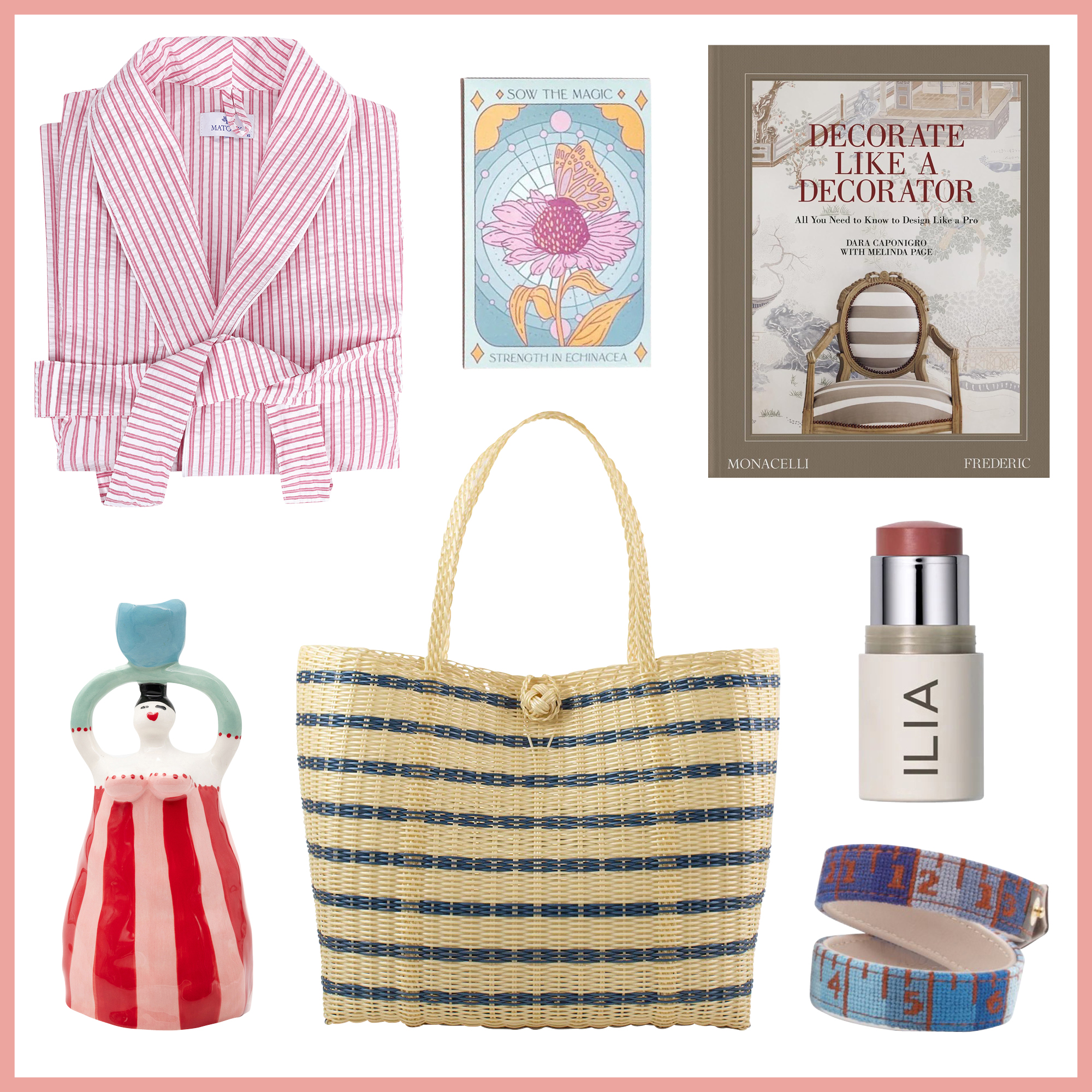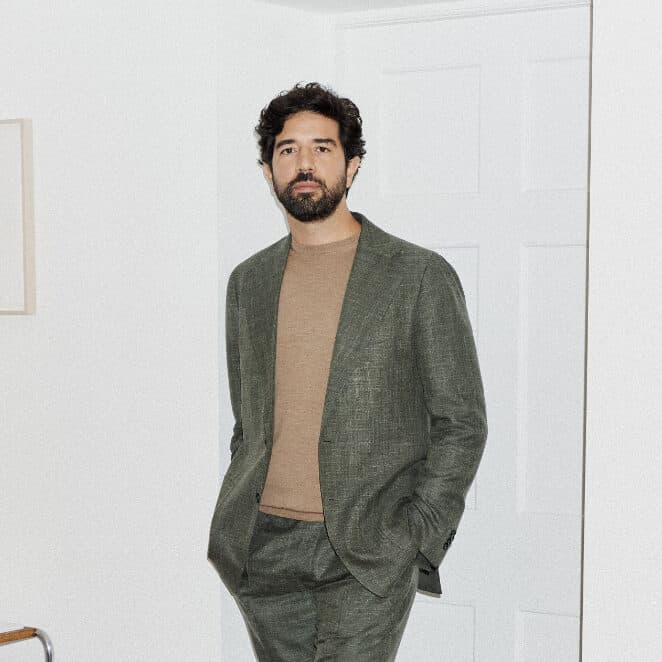In her latest column, interior designer and author of How They Decorated P. Gaye Tapp gives us an exclusive look at the incredibly vibrant and glamorous decorating style of the late Françoise de la Renta, the larger than life editor of French Vogue and American House & Garden and wife of fashion maestro Oscar de la Renta.

Already established as a woman of effortless style, the well-connected editor-in-chief of French Vogue Françoise de Langlade moved to New York to marry fashion designer Oscar De la Renta in 1967. Dynamic might describe Françoise if the word were potent enough to conjure her spirit. Others called her vivacious, a live wire, fearless. She had been a major force in Paris and once stateside there was no stopping her brand of French chic. Having spent summers in Martinique as a child, Françoise brought her own brand of decorating which, when paired with her husband’s Dominican Republic roots, was an ebullient fusion of the exotic and the classic.

As a couple, the De la Rentas and their multiple abodes were featured in countless magazines in the 1970s and 80s, from their Manhattan apartment with its dizzying number of redesigns to Brook Hill Farm, their country house in Connecticut, to their warm-weather retreat at Casa de Campo in Oscar’s native Dominican Republic. They dominated the social scene—not surprising for two people with gorgeous faces and real personal magnetism. And in all their rooms, certain fundamentals were always applied: drama, luxury, intimacy, and intense personal style.

There was always a profusion of textiles, patterns, layered rugs, sumptuous pillows, and flowers—always masses of orchids—and a blue room. The De La Renta’s passion for blue led to the creation of a cobalt-and-white themed dining room in their apartment in 1969. The ceiling, banquettes, and table were all dressed in a fashionable blue-hued leopard print, all set off by a bold Portuguese tile patterned wallpaper. At least one of three Chinese bronze deer in the room would consistently reappear somewhere in the couple’s latest design incarnation. For the Parisian editor, nothing was ever finished. “We keep adding pictures, furniture, and objects the way a tree adds leaves. We’re always changing things, moving furniture from one room to another, replacing less noteworthy pieces with better ones as we can,” she once said.

In another rendition of their New York apartment, the drawing room was cloaked in a bold yellow, making it their most untraditional design to date. Tortoise shells from their Dominican retreat were moved to New York to enrich the sunny space along with 18th-century lacquer-and-horn cube tables and modern tortoise shell tables, all in contrast to a magnificent Helen Frankenthaler painting. As always, there was an unexpected element— in this case, it was a long patchwork quilt covered sofa.

At Brook Hill Farm, Françoise embraced the English country house style. Her desire for comfort and a love of floral prints was carried throughout the house she had dreamed about for years. In the spirit of 19th-century English eclecticism, every surface bore witness to piles of books, sculpture, porcelains, needlepoint, and personal bibelots. A hand painted Chinese paper that had once covered the walls in their city bedroom was later used in their country dining room. And above all, comfort was key. Françoise loved nothing better than to sink deeply into comfortable sofas and chairs. Once, when a particularly favorite armchair was long overdue to be recovered, she draped it with an old Indian wool textile instead.
In the last apartment Françoise decorated before her death from cancer in 1983, La Belle Époque opulence reigned. One could imagine Marcel Proust’s Duchesse de Guermantes here against the backdrop of red damask walls, entertaining amidst the froth of Oscar De la Renta dresses worn by his clients, who were such a part of the couple’s milieu. The mood was dazzling, exotic and in many ways the space personified its owners—none more so than the dining room. In typical Françoise style, strong Biedermeier influences were subverted by placing monumental temple jars in blue and white on either side of an Orientalist curtained window. This was her métier: preparing for guests, engaging them, entertaining them, and directing the whole scene.

Louis Oliver Gropp, the former editor-in-chief of House and Garden, once said that “[Françoise] had a natural penchant for the very best and an appreciation for the offbeat that made her a wonderful and challenging colleague.” She credited her passion to her obsession with it all—from her great love of houses and entertaining to the influences of self-taught women like herself, such as the Duchess of Windsor, Marie-Hélène Serreulles, and Coco Chanel. She read, always observing and learning from great 19th century authors like Balzac, picking up details about the houses and parties of the demimonde. She put her pursuits simply, “It’s for the joy of the eye,” and truly, what better reason is there.
Hankering for more?
Click here for Tapp’s piece on the casual-cool American style of beloved actress Kate Hepburn. 



















